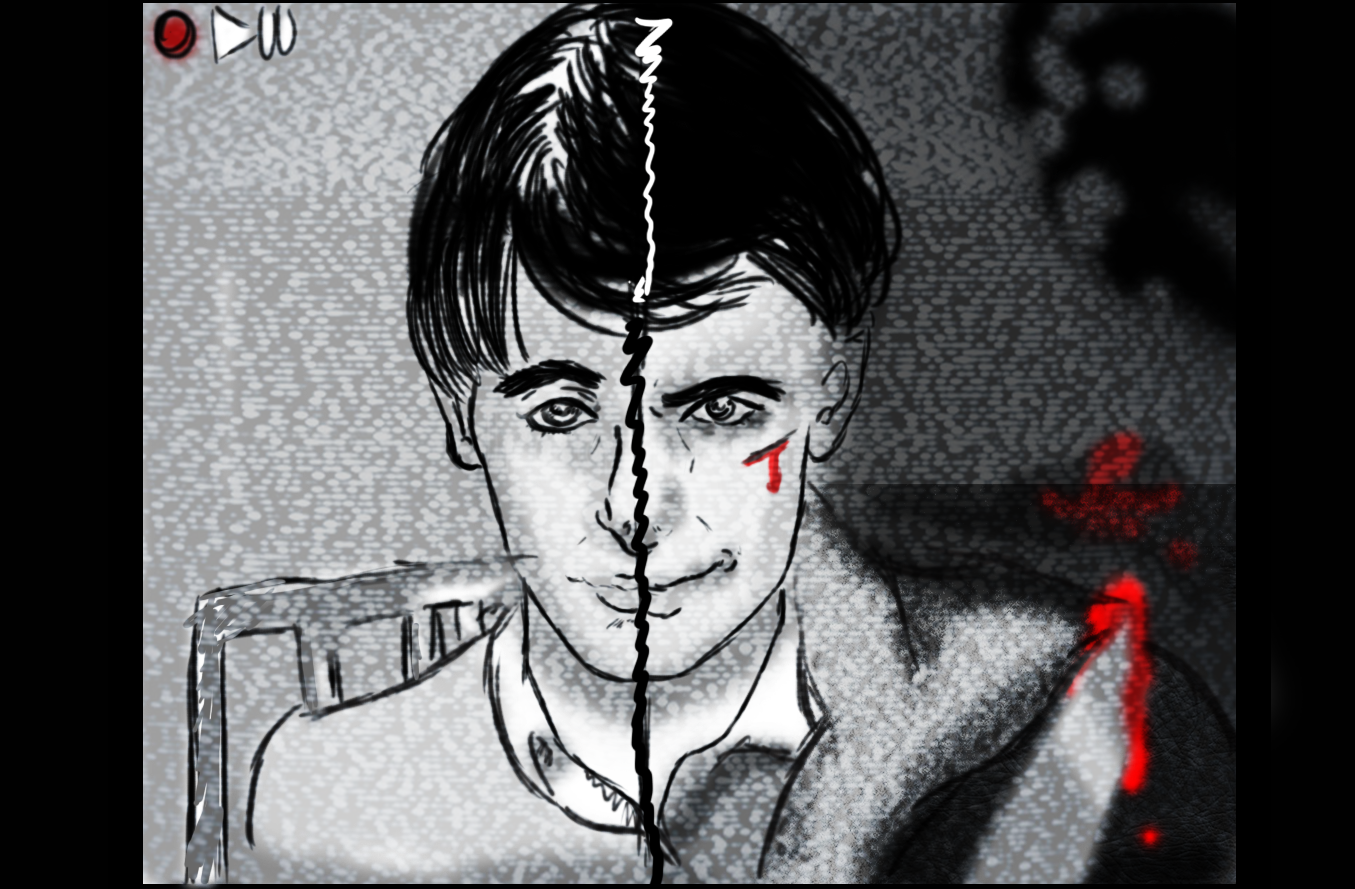Frighteningly inaccurate
Horror movies bring in a good scare, but the real scare is the harm done to communities falsely represented within them.
When you are looking to have a spooky night with others, or alone, the horror genre is the way to go. With jump scares lurking around unknown corners, gory scenes of violence and bloodshed, and hoping your favorite character makes it out alive keeps you at the edge of your seat. But does the compelling plot of these movies come at a greater cost?
The reality is that horror movies take things from everyday life and twist them to create more interest, and horror movie junkies, including myself, enjoy these twists. The horror genre is particularly good at taking things that are familiar to us and shaping them into something recognizably twisted and unsettling. It is this familiarity that puts you on edge. The issue here though is that, at times, these twists in a character’s development or role in the plot can play into stereotypes that negatively affect the lives of people off-screen.
One of the best known examples of this is the damsel in distress trope. Too often we see women put in a position where they need to be rescued by the hero, and a man swoops in to save her from sure death. In his article “15 Worst Horror Movie Cliches That Just Keep Being Used,” Mike McGranaghan explains that “Women are the most frequent targets in horror movies. They’re constantly in grave danger.”
He goes on to share that, “On the bright side, a number of recent fright flicks have at least made them strong and resourceful. ‘Don’t Breathe’ and ‘Lights Out’ are good examples. Still, the ‘damsel in distress’ idea has become part and parcel of the genre.”
The idea that women need to be rescued in any type of situation is harmful. But since it is shown in one of the popular movie genres that women need rescuing either from a murderer or killer birds, when it comes to real life situations men are trying to save women, even if they don’t realize they are doing it.
Another stereotype abused by the genre is the danger of people with mental illness. Mental illness is twisted in such a way that those with conditions such as schizophrenia or dissociative identity disorder are made out to be villains or fundamentally flawed in some moral way to help boost the scare factor. The danger in this sort of misrepresentation is the conflation of plotlines with reality and an unfounded fear of people who are just trying to live and cope with their conditions.
Schizophrenia, for example, is a mental illness in which an individual may see and or hear things that are not there, these experiences range depending on the person. In the film “Friday the 13th” (1980) viewers can interpret the killer’s motivation to be auditory hallucinations, which could indicate some form of psychosis.
According to NAMI, “Psychosis is characterized as disruptions to a person’s thoughts and perceptions that make it difficult for them to recognize what is real and what isn’t. These disruptions are often experienced as seeing, hearing and believing things that aren’t real or having strange, persistent thoughts, behaviors and emotions. While everyone’s experience is different, most people say psychosis is frightening and confusing.”
This can sound a lot like schizophrenia from a surface level, but these are two different conditions because psychosis is a symptom while schizophrenia is an actual diagnosis.
Yes this made a good horror film but it is also casting a negative light on people who have schizophrenia, who majority of the time are not violent. The article “Schizophrenia, Substance Abuse, and Violent Crime” from the National Institutes of Health states, “The prevalence of convictions for violent crime in individuals with schizophrenia was approximately 12% to 13%.” On the large scale, this is not many people at all which shows that the way that schizophrenia is portrayed in horror films does not line up to real life.
The movie “Psycho” is another example of a film that misrepresents mental health issues. In the film Norman Bates, a serial killer, shows many symptoms of dissociative identity disorder. In the 1960s, when the movie was released, “DID was not well explored in media at the time, many interpreted the delusions and disorganized thought of Norman Bates as schizophrenia. As a result, audiences generalized the two disorders as one,” says Ryley Mancine, B.S in the article “Horror Movies and Mental Health Conditions Through the Ages.” If writers want to use these types of conditions in their movies they should first do their research and know the disorders before making them out to be ones that only crazed killers have.
Having people utilize two disorders such as DID and schizophrenia can cause harm to individuals who actually suffer from these. People in society will judge others based on what they see in the media and in movies, so if someone is acting strangely like the characters in the movies mentioned above they may think that these people have one of these disorders and cause harm when that is really not the case.
By having these sorts of harmful misconceptions in films things seem more scary than they really are. This can have a negative impact for real people that experience these things. While real change is sorely needed in the industry, we can work to watch these movies with a critical eye in the meantime. Instead of taking everything you see in a horror movie as fact think about how realistic these representations are in everyday life.
Having a new way of looking at all types of movie genres and making the connections from what happens in them to real life shows how much we are influenced by something that is supposed to be for entertainment purposes. Even in recent films like “Split,” (2016) in which a character has symptoms of DID, despite there being better understanding of DID now than in the 1960s, it is still harmful to portray it in this way on screen.
It only promotes the same broad generalizations and misunderstandings that have always existed. It is in the hands of movie industries to put out content that will entertain the viewer but also to give the audience realistic portrayals of real illnesses.



